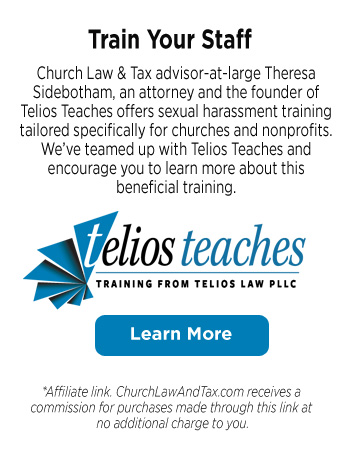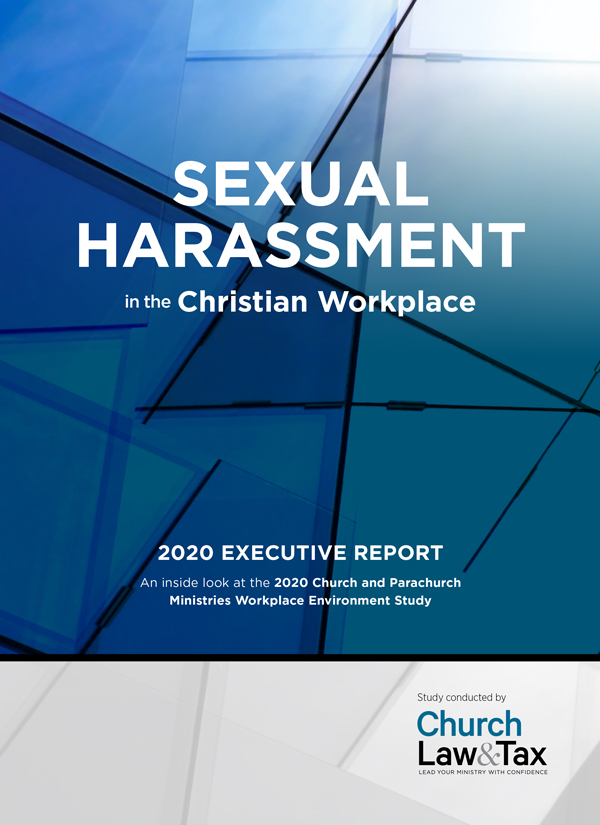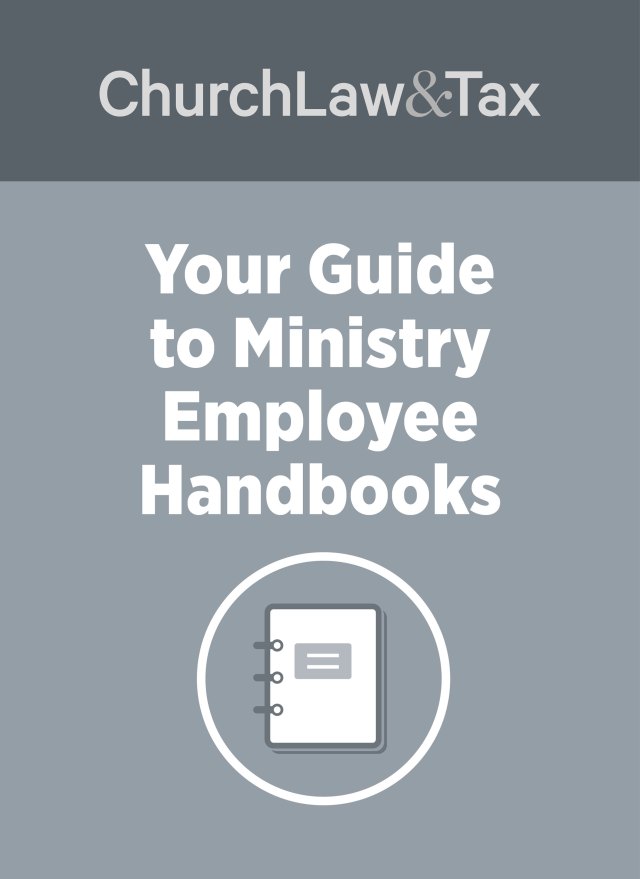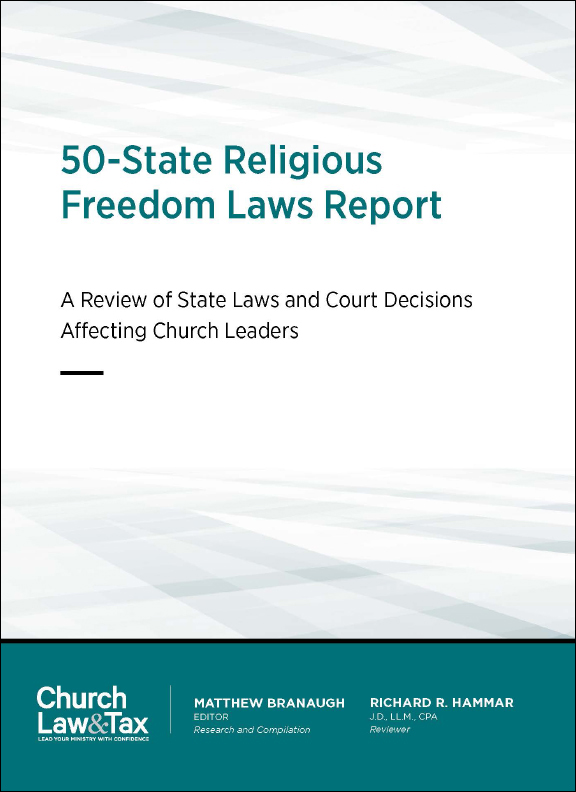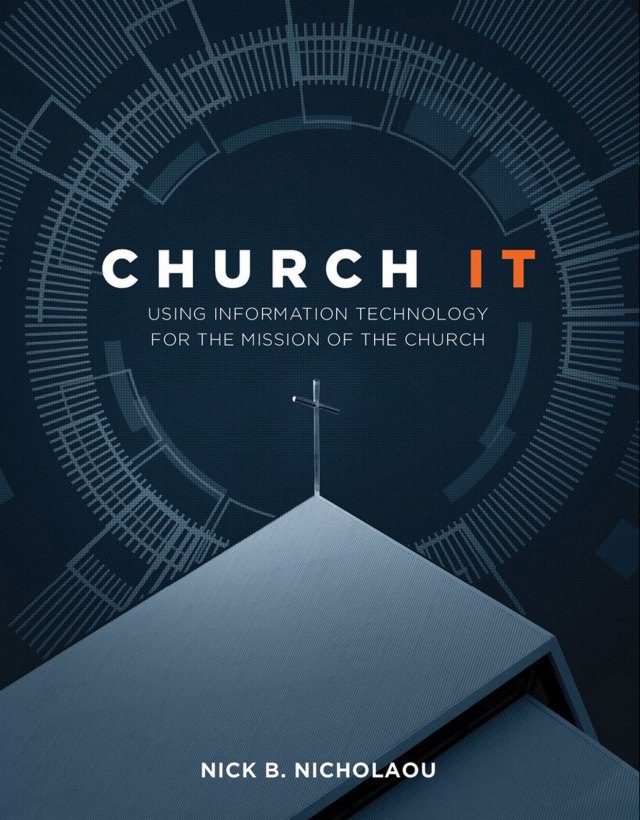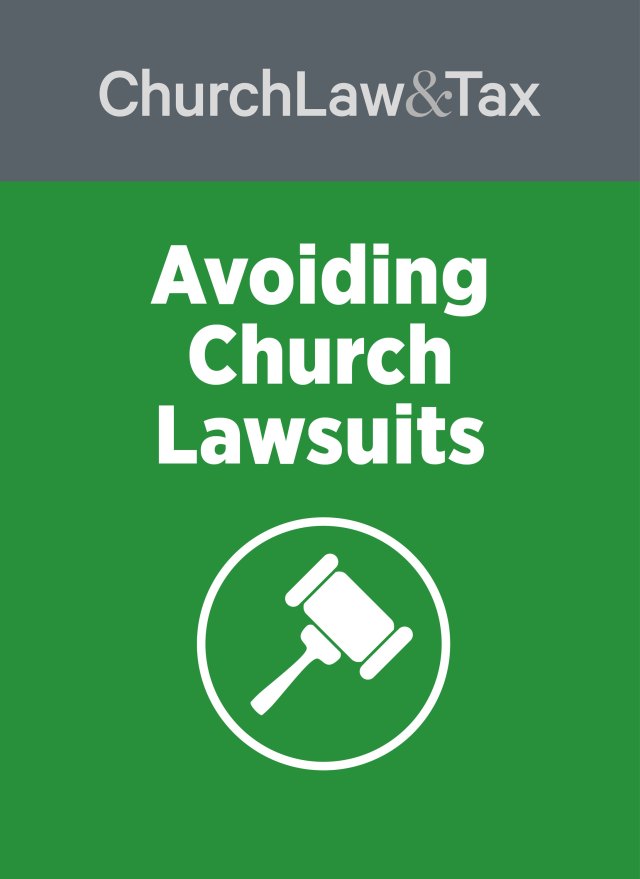Since 2018, the majority of states have enacted legislation either mandating or recommending that employers train employees on sexual harassment avoidance. This happened at great speed. It can often take decades for legal changes at the state level to become a national trend.
The speed of this development can be traced to the great cultural shift arising from the #MeToo movement, which became a high-profile cultural marker following heavily publicized Hollywood sexual harassment scandals in 2017. With sexual harassment in the workplace as a major focal point, a program to reduce the incidence of harassment at work through education became a significant objective of the #MeToo movement. Legislation to mandate such workplace training ensued.
Varying requirements by state
Most states have enacted laws that address workplace sexual harassment in some fashion. Nearly all of these have been enacted within the last two years, and many took effect just in 2020.
One impact of this rapidly evolving development has been in the widely varied approaches from state to state. No two states have statutes that follow any type of uniform approach.
Mandatory education for adults as a condition for employment was one dramatic shift in the law, but most states that have legislated in this area have done so cautiously. A number of states require only that public employees obtain some training in avoiding sexual harassment, and other states recommend training. At least seven states, however, mandate some form of training requiring private employers to provide training for their employees on creating a work environment that is informed about how to identify and avoid sexual harassment (see “How Seven States Mandate Employers to Train on Sexual Harassment” for more details).
Because the enactment of these state laws has not led to a significant public backlash, it can be expected that more states will pass these types of laws, and those that merely encourage training may follow the lead of those who have mandated such training.
How churches are affected
While #ChurchToo, a church-focused variation of #MeToo, began in 2018, mandatory harassment training in church offices has not been a visible part of that movement. Churches nonetheless may fall under these emerging state laws, since the laws are aimed directly at the employer-employee relationship, and none of the state laws carve out exceptions for churches.
While the claim of a religious liberty exception to any government-mandated training program may someday prove to have merit, these laws have not yet been challenged in court. Churches should be prepared for federal courts to take the position that workplace protection statutes are laws of general application that are not subject to a free exercise of religion exemption.
Inevitably, a church’s response to these government-mandated training programs will impact the defense of a sexual harassment claim within the church. Any church without a training program in place may be at a disadvantage in defending such a case because the church may appear to have been insensitive to the risks faced by the alleged victim. Considering this rapidly emerging trend, churches may reduce the risk of sexual harassment if they stay ahead of this issue by providing helpful training to employees to foster a healthy workplace environment.
Training requirements states have set
State laws that mandate training possess some common traits. Among them:
- There are generally minimum thresholds in the size of the workplace before the training obligation is triggered (ranging from any employer of any size to employers with 50 or more employees);
- Specific time periods are mandated within which the training must take place for new hires;
- Training for supervisors is more comprehensive than for other employees;
- In most instances, the training must be regularly repeated (such as annually); and
- Most of the statutes are vague about what specific content the training should contain, although California and New York give substantial detail. Some states provide model training materials, although none are specifically required.
The states that do provide guidance on the content follow a general pattern that includes the following points:
- Sexual harassment should be defined with reference to state and federal law, and include examples of harassment;
- Employees should receive an explanation regarding their rights on how to make a harassment claim against their employer and remedies they may seek from their employer;
- Employees should receive a description of state and federal remedies also available to victims; and
- Employees should receive an explanation regarding how employers are legally prohibited from retaliating against employees who raise a harassment claim.
Shaping useful training for church offices
Several human resources education vendors offer products meeting the requirements of all states, including those few that give specific details regarding the content of the instruction. However, these generalized programs are provided for a wide range of businesses, not specifically religious organizations.
As a result, some of these materials might strike a tone that church leaders and other religious employers find unsuitable, even if the principles taught in these programs are generally agreeable. For example, a church that wants scripturally based instruction may find the secular foundation of the commercial materials to be out of touch with the church’s moral positions.
The best approach for many churches may be to take the general content outline suggested by their state’s law (or another state’s, if their respective state offers none) and then develop a program that can be rooted in the church’s general approach to ministry. To satisfy the emerging pattern of legal requirements for workplace training, the training should be comprehensive and run at least two hours. It should cover:
- The broad definition of sexual harassment, including how the church’s home state defines it, as well as how it is defined as a form of sex discrimination under federal law (both “quid pro quo” harassment and “hostile environment” harassment);
- Examples of what constitutes sexual harassment (not just reliance upon simple definitions); and
- A description of remedies and how to obtain them.
One good model for a church’s training is the “State of Illinois Sexual Harassment Prevention Training” program prepared by the state’s Department of Human Rights. These materials need to be adapted to the law of the church’s home state. But the general outline laid out in this 35-slide PowerPoint presentation is comprehensive and offers a good template for the scope and depth of adequate training. Notably, it provides a lengthy list of behaviors that constitute sexual harassment, including gestures, the use of nicknames, and the making of certain sounds.
Caution. Every church preparing its training program will need to consider how it will approach gender identity and sexual orientation issues. While states may differ in their treatments of these issues, several states consider these issues to be subject to the same approaches used in addressing any other harassment. Since these statutes are very new, the full implications of these laws to churches have not been developed by courts. Christian churches with orthodox views of human sexuality and marriage should consult further with qualified local legal counsel regarding how they handle these specific topics.
Make preparations now
While some churches may bristle at the idea of government-mandated messages of instruction within churches, the liability exposure to churches that are unprepared for sexual harassment training is significant. Even in those states that do not expressly mandate training, the absence of a training program may be used as evidence of negligence by a church. Ascertaining the church’s best approach to risk assessment will increasingly include a full discussion of the best way to reduce the incidence of sexual harassment, which unfortunately remains an issue in churches.

